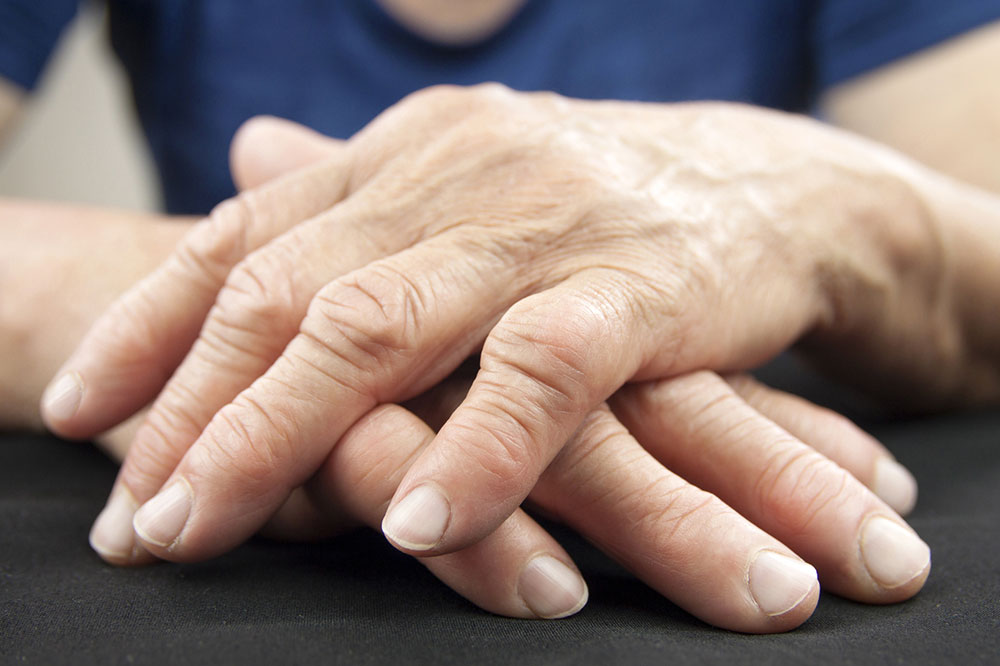The Complete Guide to Joint Inflammation and Arthritis: Symptoms, Stages, and Prevention Strategies
This comprehensive guide explores joint inflammation and arthritis, detailing their types, stages, symptoms, and preventive strategies. It highlights the importance of early diagnosis and lifestyle changes to manage and prevent progression, offering valuable insights for maintaining joint health and vitality.

Understanding Joint Inflammation and Arthritis: Symptoms, Progression, and Prevention
Our joints serve as the pivotal points of movement and flexibility within our bodies, enabling us to perform daily activities from walking and running to complex motions. However, these critical components are subjected to constant stress, wear and tear, and exposure to various risk factors over time. One of the most common joint-related conditions affecting millions worldwide is arthritis, a term used to describe inflammation of one or more joints that leads to pain, stiffness, swelling, and a decrease in joint function. The condition not only impairs physical activity but can also significantly diminish quality of life, especially among older adults.
Arthritis encompasses a wide range of disorders, but the two most prevalent types are rheumatoid arthritis (RA) and osteoarthritis (OA). Each type has unique characteristics, causes, progression patterns, and treatment approaches. Recognizing the differences between these forms of arthritis and understanding their progression is crucial for early intervention and effective management.
Understanding the Types of Arthritis
Rheumatoid Arthritis is an autoimmune disorder wherein the body's immune system mistakenly attacks the synovial membrane lining the joints. This leads to inflammation, pain, swelling, and potential joint deformity if untreated. RA often affects symmetrical joints such as both wrists or knees and can involve systemic symptoms like fatigue and fever.
Osteoarthritis, on the other hand, is primarily a degenerative joint disease caused by the breakdown of cartilage—the protective tissue that cushions the ends of bones within joints. It commonly occurs due to aging, repetitive joint use, injury, or obesity, leading to bone-on-bone contact, pain, and loss of functionality.
Progression Stages of Joint Disease
Both rheumatoid arthritis and osteoarthritis follow specific progression stages, which are essential to recognize for early diagnosis and intervention.
Stage 1: Initial or Mild Stage - In this phase, inflammation causes mild swelling, slight stiffness, and discomfort during joint movement. Symptoms might be intermittent and manageable with lifestyle modifications or conservative therapies.
Stage 2: Moderate Progression - Symptoms intensify, with increased swelling, persistent stiffness, and more noticeable pain. During this stage, imaging might reveal cartilage thinning or early joint damage. Damage to joint tissues begins to accelerate, emphasizing the need for medical consultation.
Stage 3: Severe Degeneration - Characterized by significant cartilage deterioration, bone eburnation, and further joint damage. Symptoms become persistent and significantly impair mobility, often accompanied by muscle weakness and joint instability. Treatment strategies need to be more aggressive at this stage.
Stage 4: Advanced or End-Stage Disease - The joint may experience severe deformity or complete loss of function. Bone fusion, known as ankylosis, can occur, leading to joint stiffening and immobility. Surgical intervention, such as joint replacement, may be necessary to restore functionality.
The development of osteoarthritis, similar to rheumatoid arthritis, proceeds through stages ranging from initial cartilage wear to catastrophic joint damage. Early symptoms include mild discomfort after activity, progressing over time to constant pain and joint deformity. Accurate diagnosis involves a comprehensive approach, including physical examination, blood tests for specific antibodies like rheumatoid factor (RF) and anti-cyclic citrullinated peptide (anti-CCP), and imaging techniques such as X-rays, CT scans, and MRIs to assess joint integrity.
Preventive measures are crucial in managing joint health and delaying or preventing the progression of arthritis. These include maintaining a healthy weight to reduce stress on weight-bearing joints, engaging in regular, low-impact exercise like swimming or cycling to strengthen muscles around joints, and ensuring a diet rich in anti-inflammatory foods, especially omega-3 fatty acids found in fish like salmon and mackerel. Avoiding joint injuries through proper techniques during physical activity and occupational tasks also plays a significant role. If early symptoms occur—such as persistent joint pain, swelling, or stiffness—prompt consultation with a healthcare professional can lead to early intervention, improving long-term outcomes and quality of life.
Advancements in medical research continue to develop new pharmacological treatments, physical therapy options, and minimally invasive surgical procedures, offering hope for those living with joint inflammation and arthritis. Patient education, lifestyle modifications, and dedicated medical care are fundamental in managing these chronic musculoskeletal conditions effectively.





